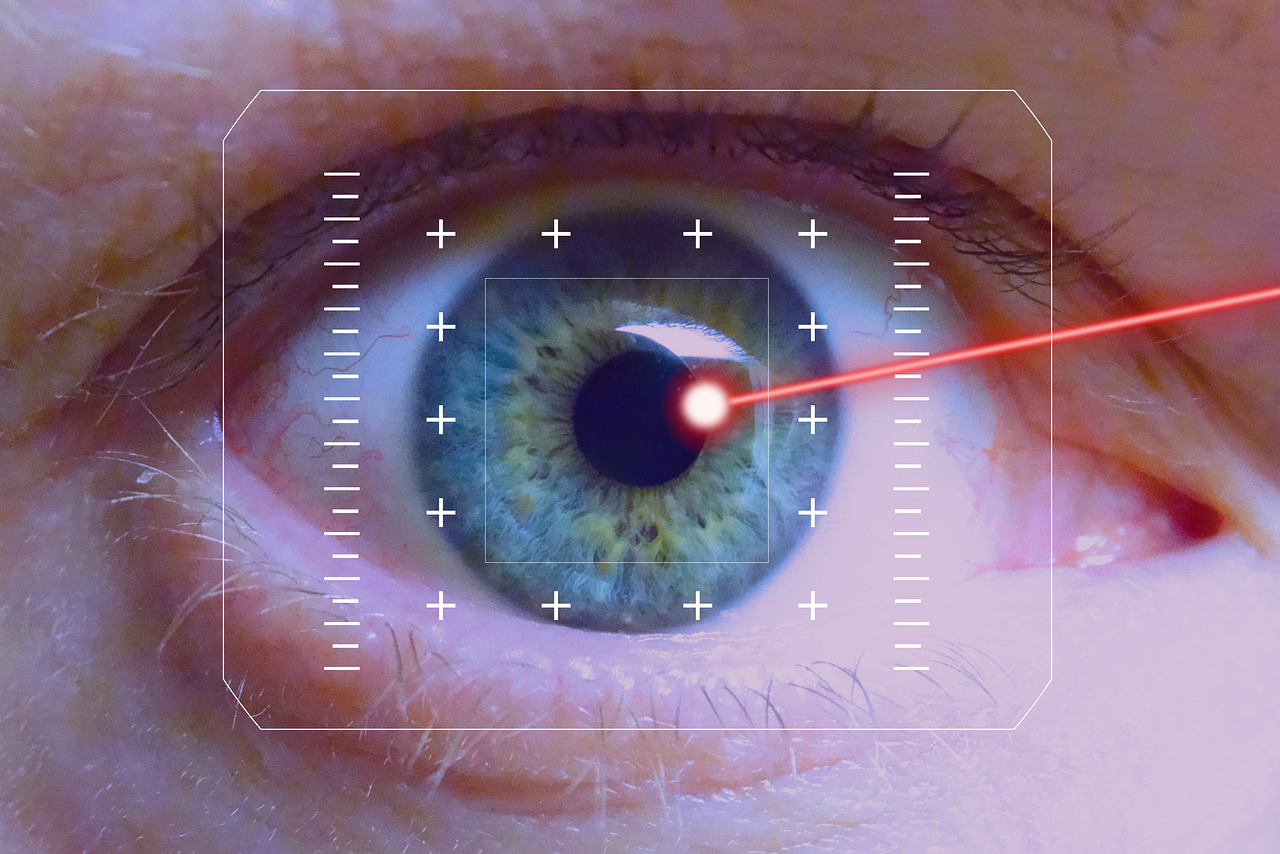Whether you’re squinting at your screen, struggling to read street signs, or simply seeking a stylish accessory, glasses are more than just a vision correction tool. They are a statement, a necessity, and a reflection of your personality. This comprehensive guide explores the world of eyeglasses, from understanding prescriptions to choosing the perfect frames, ensuring you make an informed and stylish choice for your eyewear needs.
Understanding Your Prescription
Decoding the Numbers and Letters
Navigating the world of eyeglass prescriptions can feel like deciphering a secret code. Here’s a breakdown of the common abbreviations and terms you’ll encounter:
- OD (Oculus Dexter): Refers to your right eye.
- OS (Oculus Sinister): Refers to your left eye.
- SPH (Sphere): Indicates the amount of lens power, measured in diopters (D), needed to correct nearsightedness (myopia, indicated by a negative sign “-“) or farsightedness (hyperopia, indicated by a positive sign “+”). For example, -2.00 D means you are nearsighted and require a 2.00 diopter correction.
- CYL (Cylinder): Indicates the amount of lens power needed to correct astigmatism. If this field is blank, you have no measurable astigmatism. Like SPH, it’s measured in diopters.
- Axis: Indicates the orientation of the astigmatism correction. It’s a number between 1 and 180.
- ADD (Addition): Indicates the added magnifying power needed for reading or close-up work, commonly found in prescriptions for bifocals or progressive lenses. It’s always a positive number.
- PRISM: Indicates the amount of prismatic power needed to correct eye alignment problems. It’s measured in prism diopters (PD) with a direction (BU – Base Up, BD – Base Down, BI – Base In, BO – Base Out).
- Practical Example: A prescription might read: OD: SPH -1.50, CYL -0.75, Axis 90. This translates to: Right eye requires a -1.50 diopter correction for nearsightedness and a -0.75 diopter correction for astigmatism at a 90-degree axis.
Understanding Different Lens Types
Beyond the basic prescription, different lens types cater to specific needs and lifestyles. Here are some common options:
- Single Vision Lenses: Correct vision at one distance, either near or far. Ideal for reading glasses or correcting general vision.
- Bifocal Lenses: Have two distinct areas of focus, typically for distance vision at the top and near vision at the bottom.
- Progressive Lenses (No-Line Bifocals): Offer a gradual transition between distance, intermediate, and near vision, providing a more natural visual experience without visible lines.
- Reading Glasses: Designed specifically for close-up tasks like reading, knitting, or computer work. They’re often available in over-the-counter strengths.
- Computer Glasses: Optimized for intermediate distance (arm’s length), ideal for reducing eye strain during prolonged computer use. They often have a slight magnification and a blue light filter.
- Actionable Takeaway: Discuss your daily activities and visual needs with your eye doctor to determine the most suitable lens type for your lifestyle.
Choosing the Right Frames
Face Shape Analysis: A Crucial Step
Selecting frames that complement your face shape is crucial for achieving a balanced and flattering look.
- Oval Face: Considered the most versatile shape, oval faces can pull off almost any frame style. Experiment with different shapes and sizes.
- Round Face: Opt for angular or rectangular frames to add definition and length. Avoid round or oversized frames that can accentuate roundness.
- Square Face: Soften strong angles with round, oval, or cat-eye frames. Avoid square or geometric frames that can make the face appear boxy.
- Heart-Shaped Face: Balance a wider forehead with frames that are wider at the bottom, such as wayfarer, aviator, or round styles. Avoid frames that are too heavy or embellished on top.
- Diamond Face: Highlight cheekbones with oval or cat-eye frames. Frames with detailing or accents along the brow line can also add width to the forehead.
- Example: If you have a round face, try rectangular frames with sharp angles to create a more defined look.
Material Matters: Comfort and Durability
Frame materials impact comfort, durability, and overall style. Common materials include:
- Acetate (Zyl): A durable and versatile plastic material that comes in a wide range of colors and patterns. Hypoallergenic options are available.
- Metal: Lightweight and strong, metal frames offer a sleek and modern look. Common metals include titanium, stainless steel, and aluminum.
- Titanium: Exceptionally lightweight, strong, and hypoallergenic, making it an excellent choice for those with sensitive skin.
- Plastic: Affordable and available in various colors and styles, plastic frames are a popular option.
- Combination Frames: Blend different materials, such as acetate and metal, for a unique and stylish look.
- Data Point: Titanium frames are known for their exceptional strength-to-weight ratio, making them a comfortable and durable choice.
Style and Personal Expression
Eyeglasses are a powerful fashion accessory that can reflect your personality and style. Consider these factors:
- Color: Choose colors that complement your skin tone and hair color. Classic colors like black, brown, and tortoiseshell are versatile, while bolder colors like red, blue, or green can make a statement.
- Shape: Experiment with different shapes, such as round, square, rectangular, cat-eye, or aviator, to find the one that best suits your face and style.
- Details: Look for frames with unique details, such as embellishments, patterns, or textures, to add personality and visual interest.
- Brand: Consider popular brands known for quality and design, or explore independent eyewear designers for unique and handcrafted frames.
- Tip: Consider your lifestyle. If you’re active, choose durable and lightweight frames. For professional settings, opt for classic and sophisticated styles.
Protecting Your Eyes with Lens Coatings
Anti-Reflective (AR) Coating
AR coating is a must-have for clear and comfortable vision.
- Benefits: Reduces glare, improves visual clarity, enhances contrast, and makes your glasses more aesthetically pleasing by eliminating reflections.
- Practical Application: Especially beneficial for driving at night, using computers, and working under fluorescent lighting.
- How it Works: AR coatings consist of multiple layers of thin films that reduce the amount of light reflected off the lens surface.
Scratch-Resistant Coating
Protect your investment with a scratch-resistant coating.
- Benefits: Extends the lifespan of your lenses by preventing scratches and abrasions.
- Important Note: No coating is completely scratch-proof, but it significantly reduces the likelihood of damage.
- Care Tips: Always clean your glasses with a microfiber cloth and avoid harsh chemicals or abrasive materials.
UV Protection
Shield your eyes from harmful UV rays.
- Benefits: Protects your eyes from long-term damage caused by UV radiation, such as cataracts and macular degeneration.
- Requirement: Most modern lenses offer built-in UV protection, but it’s always a good idea to confirm with your eye care professional.
- Consideration: Even clear lenses should have UV protection.
Blue Light Filter
Reduce digital eye strain with a blue light filter.
- Benefits: Filters out harmful blue light emitted from digital devices, reducing eye strain, headaches, and sleep disturbances.
- Use Case: Ideal for individuals who spend extended periods of time using computers, smartphones, or tablets.
- Alternative: Adjusting screen brightness and using blue light filters on devices can also help.
- Actionable Takeaway: Invest in quality lens coatings to enhance your vision, protect your eyes, and extend the life of your glasses.
Maintaining Your Eyeglasses
Proper Cleaning Techniques
Keep your lenses clean and clear for optimal vision.
- Use a Microfiber Cloth: Gently wipe your lenses with a clean, soft microfiber cloth to remove dust, smudges, and fingerprints.
- Avoid Harsh Chemicals: Do not use paper towels, tissues, or household cleaners, as they can scratch or damage the lenses.
- Use Lens Cleaner: Use a dedicated lens cleaner spray to remove stubborn dirt and grime.
- Rinse with Water: Before wiping, rinse your glasses with lukewarm water to remove any loose particles.
- Frequency: Clean your glasses daily or as needed to maintain clear vision.
Storage and Handling
Protect your glasses when not in use.
- Use a Case: Store your glasses in a hard case when not wearing them to prevent scratches and breakage.
- Avoid Extreme Temperatures: Do not leave your glasses in direct sunlight or in a hot car, as extreme temperatures can damage the frames and lenses.
- Handle with Care: Avoid bending or twisting your frames, as this can distort their shape.
- Adjustments: If your glasses feel loose or uncomfortable, visit your eye care professional for adjustments.
When to Replace Your Glasses
Knowing when to replace your eyeglasses is crucial for maintaining optimal vision and comfort. Here are some indicators:
- Changes in Vision: If you experience blurred vision, headaches, or eye strain despite wearing your glasses, your prescription may have changed. Schedule an eye exam to update your prescription.
- Damaged Frames or Lenses: If your frames are broken, bent, or scratched, or if your lenses are chipped or cracked, it’s time to replace your glasses. Damaged glasses can compromise your vision and comfort.
- Outdated Style: If your glasses are no longer stylish or reflect your current taste, it may be time for an upgrade. Eyeglasses are a fashion accessory, and updating your frames can refresh your look.
- Prescription Expiration: Most eyeglass prescriptions are valid for one or two years. Check the expiration date on your prescription and schedule an eye exam to renew it when necessary.
- Data Point:* Experts recommend getting an eye exam every one to two years to ensure your prescription is up-to-date and to detect any potential eye health problems.
Conclusion
Eyeglasses are an essential tool for vision correction and a powerful accessory for self-expression. By understanding your prescription, choosing the right frames, investing in quality lens coatings, and practicing proper maintenance, you can enjoy clear vision, comfortable wear, and a stylish look. Remember to consult with your eye care professional for personalized advice and regular eye exams to ensure optimal eye health. Investing in your eyewear is an investment in your vision, comfort, and overall well-being.




